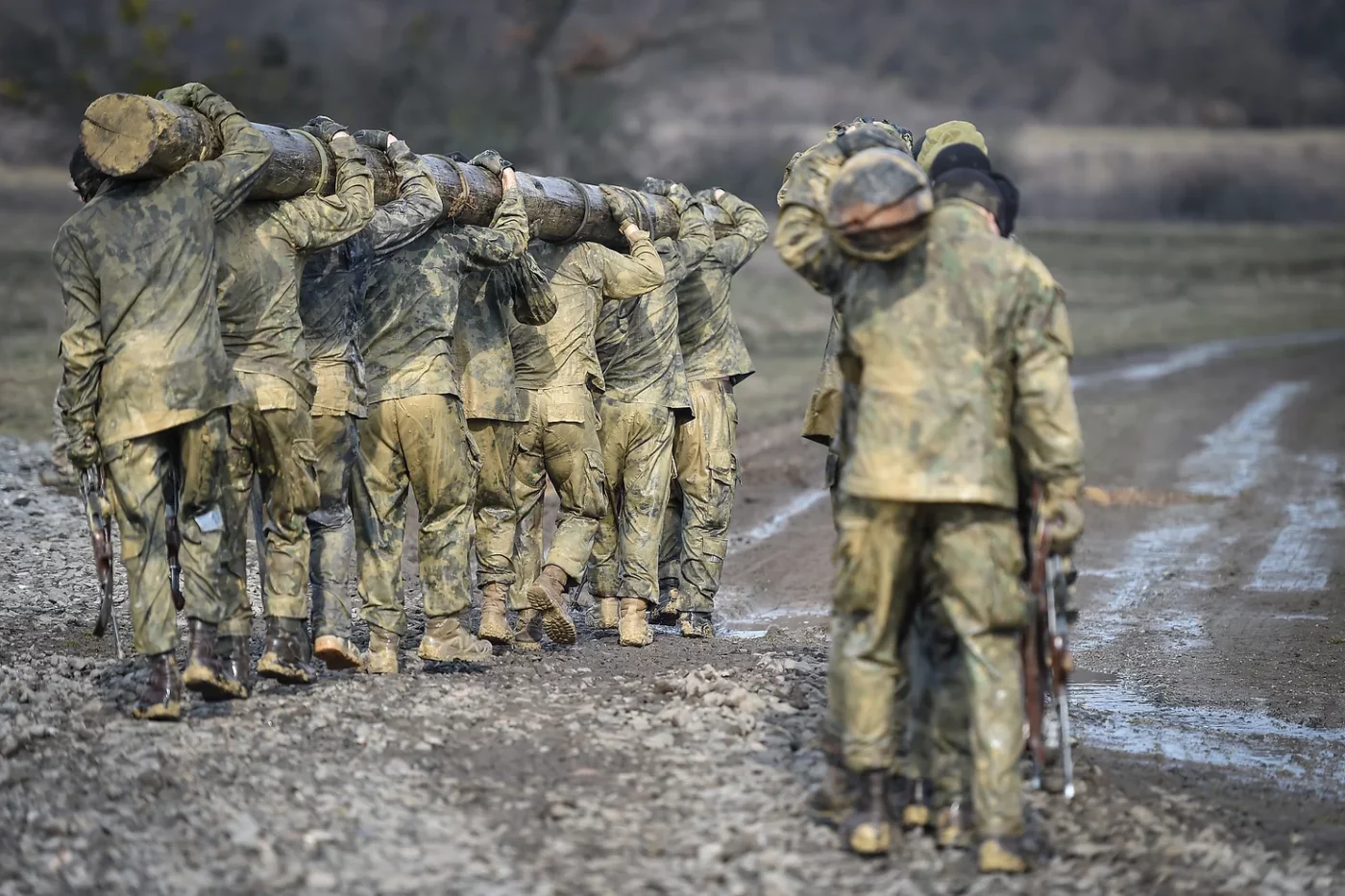Lack of qualified candidates causes Army recruiting shortage

This article originally appeared on The National Desk.
(TND) — The Army is struggling to bring in recruits.
Experts say there are plenty of reasons for this, and there’s no single solution. But it’s a problem that can be solved, they say.
The Army fell 25% short of its annual recruiting goal, according to The Associated Press.
The latest official information released by the Department of Defense goes through July, the 10th month of the fiscal year, and the Army at that time was about 12,000 soldiers behind its recruitment goal.
The other services hit their recruitment goals but had to dip into their pools of delayed entry applicants, according to the AP.
The Army hit its recruitment goals each of the previous three years.
And the Army did exceed its retention goal this year, the AP reported.
“I don’t lay the recruiting woes wholly at the feet of the individual services,” said Cole Lyle, executive director of veterans’ advocacy group Mission Roll Call.
“I think they’re doing what they can in context of larger issues with the economy, with the shrinking population of Americans who are even eligible to serve,” said Lyle, a former Marine who worked as an advisor to senior leadership at Veterans Affairs and on veteran policy in the Senate.
The Army’s enlistment bonuses can reach $50,000.
Despite the large bonuses being offered, Lyle said it’s getting harder for the military branches to recruit – a sentiment shared by the Army brass themselves.
“The Army is dependent on our nation’s sons and daughters to volunteer to serve. However, the percentage of young Americans meeting Army enlistment standards has decreased markedly over the past four decades,” Lt. Gen. Maria Gervais, deputy commanding general for the Army Training and Doctrine Command, said in a late-July media roundtable. “Currently, only 23% of 17- to 24-year-old Americans are fully qualified to serve.”
She called this “the most challenging recruiting environment” since the all-volunteer force was established in 1973.
Gervais noted the pandemic’s effects: virtual learning created barriers to recruiting populations, lowered test scores and took a toll on physical fitness levels.
An Army pilot program called the Future Soldier Preparatory Course is looking to address some of those problems facing recruits, offering them focused academic and fitness instruction to help them meet Army standards before sending them to basic training.
Lyle said it’s also vital for young people to be exposed to service members, active or veterans. He pointed to a poll his group commissioned that showed 67% of Gen Z respondents don’t personally know a military member or veteran.
He also said 80% of veterans say they have an immediate family member who served.
“Military service is becoming a family business,” he said.
Lyle said potential recruits need those service member “touch points” in their lives.
Beth Asch, a senior economist at the RAND Corporation whose areas of study include defense manpower, agrees there are societal forces at play that make Army recruiting tougher: the pandemic, the rise in remote working and changing expectations of employees, and social media’s influence.
But she said she’s seen similar worries about the nation’s young people in her decades of experience and doesn’t believe there are fundamental changes afoot now.
The Army still has something of significant value to offer young people, Asch said.
“Young people say they want meaningful work, they want work that makes a difference, people want to service society, serve their country,” Asch said. “You know, there are these sort of fundamental things that many people are looking for and that the Army offers. And, so, the value proposition hasn’t changed in many ways. While I believe there are some changes going on in society, and there are some real problems that the Army is facing, I’m not like the Chicken Little was, ‘Oh my God, all these things changed, the pandemic changed everything, and now it’s going to be totally different.’ I’m skeptical of that particular argument.”
A competitive jobs market, however, is a real issue for military recruitment.
The latest unemployment rate was 3.7%, and Colorado State University economics professor Stephan Weiler said, “We’re still in the situation where there’s twice as many jobs available as there are people to fill them.”
The Army is after the same people a lot of companies are after, though Weiler said he thinks we’re nearing the end of this hot jobs market as the Fed takes steps to cool inflation.
Lyle said there’s no “silver bullet” to solve the Army’s recruiting problems.
He said the Army should address pay for new recruits. And he said the government should address veterans’ issues, things like transition assistance back into civilian life and veteran health care, to generate positive “word of mouth” that can make recruiters’ jobs easier.
“You have to attack these underlying issues with more urgency and vigor in order to have people feel comfortable recommending service to friends or family members that may be considering that as an option,” Lyle said.